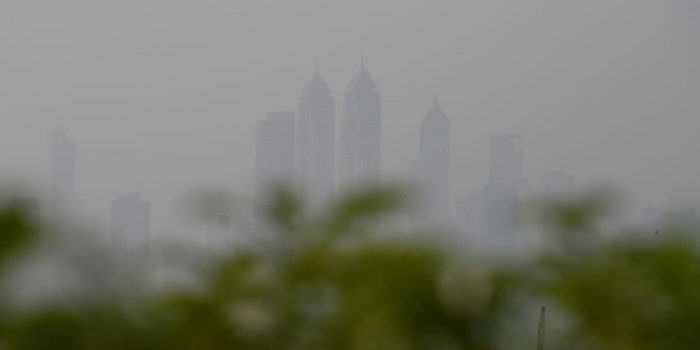A groundbreaking air pollution study published in Lancet Planetary Health on March 6 reveals that almost no safe place on Earth exists. According to the study, just 0.001 percent of the world’s population is exposed to safe levels of daily ambient fine particulate matter (PM2.5) advised by the World Health Organization (WHO). This lack of air pollution monitoring stations has resulted in a dearth of information on local, national, regional, and global PM2.5 exposure.
“In this study, we used an innovative machine learning approach to integrate multiple meteorological and geological information to estimate the global surface-level daily PM2.5 concentrations at a high spatial resolution of approximately ten km (kilometers) × ten km,” explained lead author Professor Yuming Guo in a press release.

The study’s map is the first of its kind, demonstrating how the global distribution of PM2.5 has changed over the past few decades. This analysis provides a comprehensive understanding of the current situation regarding outdoor air pollution and its impact on people’s health. Additionally, the study’s data could aid policymakers, public health sector representatives, and researchers in more accurately determining the short- and long-term health effects of air pollution, as well as creating mitigation plans.
The health risks associated with exposure to PM2.5 are well-documented, including respiratory and cardiovascular diseases and an increased risk of stroke and lung cancer. The study’s authors suggest that the adverse health effects of PM2.5 exposure could have been underestimated in the past, and more comprehensive monitoring of air pollution is required to combat this global health issue.

Furthermore, the study highlights the urgent need for a coordinated global response to reduce air pollution levels. Mitigation plans should be created to combat this issue on a global scale, and the study’s data could aid policymakers in developing strategies to improve air quality and protect public health.
In conclusion, this groundbreaking study offers new insight into the extent of global air pollution and its impact on public health. It underscores the need for more comprehensive monitoring of air pollution levels and the development of effective mitigation plans to reduce exposure and protect human health. The study’s findings should serve as a wake-up call to governments and individuals worldwide to take action against air pollution.


